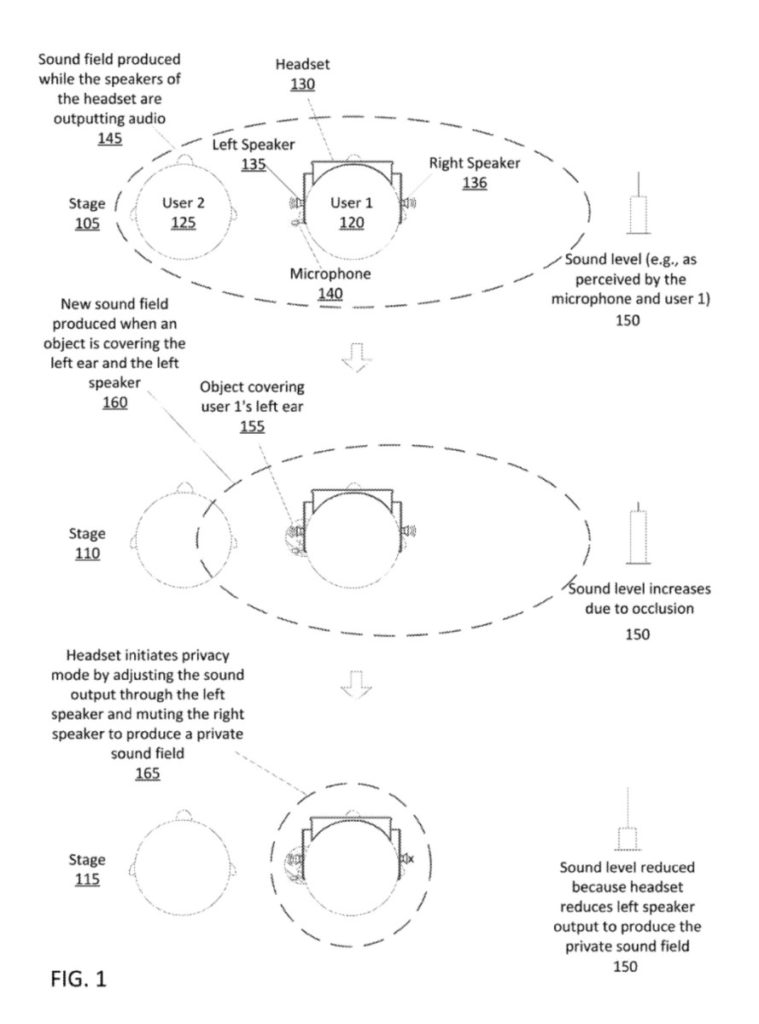Apple has been granted a patent (number US 11809774 B1) for “Privacy With Extra-aural Speakers.” It involves enabling a privacy mode on the upcoming Vision Pro.
The US$3,499 (and higher) Spatial Computer is due to arrive, in Apple’s words, in “early 2024” — although I suspect that “early” means anytime before summer.
About the patent
The patent involves a Vision Pro privacy mode upon a determination that a user of a headset is covering a speaker of the headset. An aspect of the disclosure is a method performed by a VisionPro that is worn by a user for activating a privacy mode. The headset is an audio device (e.g., smart glasses) that includes extra-aural speakers that are configured to output user-desired audio content (e.g., music).
These speakers, as opposed to earphone speakers project sound into the environment to be heard by the user of the headset. This projection of sound produces a sound field, within which other people (e.g., observers) may be able to hear the sound. This may be an undesirable effect when the audio content is of a private nature (e.g., a phone call with a doctor).
To prevent observers from overhearing the sound produced by the speakers, the user of the headset may activate the privacy mode, which causes the headset to reduce sound output of the speakers, and thereby reduce the size of the sound field to only include the user. Thus, the observers who were originally within the sound field can no longer hear (or perceive) the sound.
Summary of the patent
Here’s Apple’s abstract of the patent: “A method performed by a processor of a computer system including a headset that is to be worn on a head of a user. The method drives a speaker of the headset with an input audio signal to output sound into an environment. The method determines that the speaker is at least partially covered with a cupped hand. In response to determining that the speaker is at least partially covered with the cupped hand, applying a gain to the input audio signal to reduce an output sound level of the speaker.”
Article provided with permission from AppleWorld.Today

